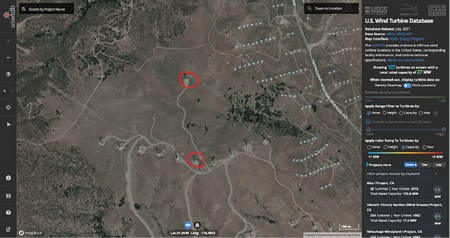 Novel Methodology for Turbulent Wind Flow Simulations
Novel Methodology for Turbulent Wind Flow SimulationsWind turbine (WT) designers and wind farm developers are seeking improved tools for maximising power generation while minimising the life-cycle cost of their onshore and offshore projects. The industry recognises that key decisions required to achieve the lowest levelised cost of energy include wind farm: 1) site and WT model selection, 2) spacing or WT density, and 3) active control of each turbine’s operation considering blockage generated by interference of multiple turbulent wakes with the surroundings. Although the current consensus calls for spacing WTs at least seven rotor diameters apart, each WT design can have a different network effect that varies between sites having unique topography, wind patterns and other atmospheric conditions. As a consequence, designers with multiple site, hardware and network configuration options cannot rely on empirical rules of thumb to achieve optimal wind farms. Instead, design decisions should be guided by innovative computational fluid dynamics tools.
By Jacob Krispin and Joel Balbien, Vorcat, USA










